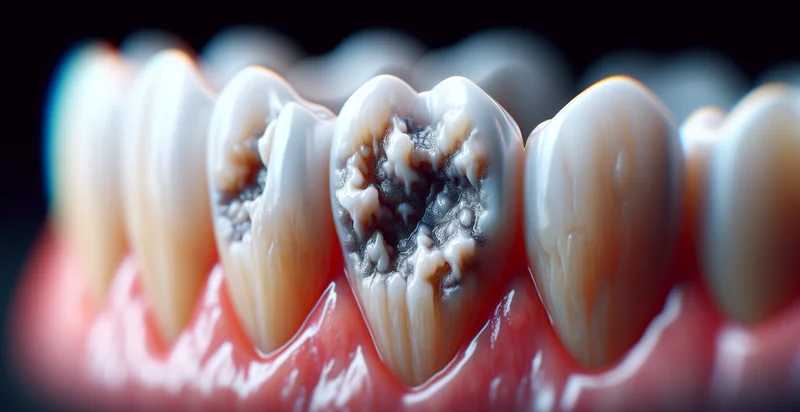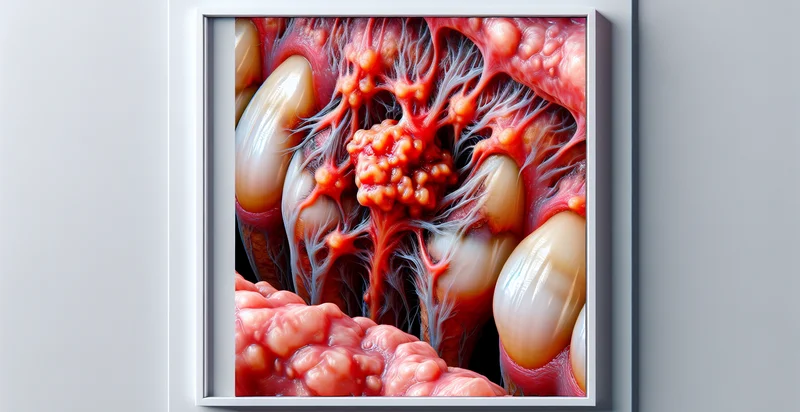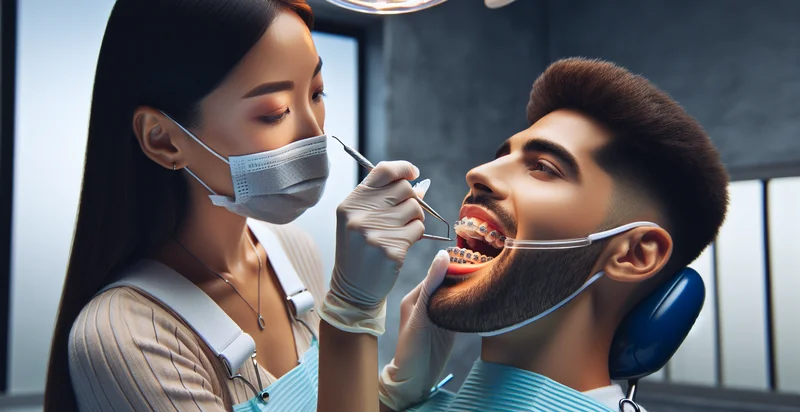Identify cavities
using AI
Below is a free classifier to identify cavities. Just upload your image, and our AI will predict what type of cavity it is - in just seconds.

Contact us for API access
Or, use Nyckel to build highly-accurate custom classifiers in just minutes. No PhD required.
Get started
import nyckel
credentials = nyckel.Credentials("YOUR_CLIENT_ID", "YOUR_CLIENT_SECRET")
nyckel.invoke("cavities", "your_image_url", credentials)
fetch('https://www.nyckel.com/v1/functions/cavities/invoke', {
method: 'POST',
headers: {
'Authorization': 'Bearer ' + 'YOUR_BEARER_TOKEN',
'Content-Type': 'application/json',
},
body: JSON.stringify(
{"data": "your_image_url"}
)
})
.then(response => response.json())
.then(data => console.log(data));
curl -X POST \
-H "Content-Type: application/json" \
-H "Authorization: Bearer YOUR_BEARER_TOKEN" \
-d '{"data": "your_image_url"}' \
https://www.nyckel.com/v1/functions/cavities/invoke
How this classifier works
To start, upload your image. Our AI tool will then predict what type of cavity it is.
This pretrained image model uses a Nyckel-created dataset and has 5 labels, including Advanced Cavity, Early Cavity, Moderate Cavity, No Cavity and Very Advanced Cavity.
We'll also show a confidence score (the higher the number, the more confident the AI model is around what type of cavity it is).
Whether you're just curious or building cavities detection into your application, we hope our classifier proves helpful.
Related Classifiers
Need to identify cavities at scale?
Get API or Zapier access to this classifier for free. It's perfect for:
- Dental Diagnostic Assistant: This function can assist dental professionals by automatically identifying images of teeth with cavities during patient consultations. By providing accurate classifications, it can enhance diagnostic processes, allowing dentists to focus on treatment options rather than image evaluation alone.
- Telehealth Consultations: In telehealth settings, this function can facilitate remote dental assessments by identifying cavities in images submitted by patients. It helps dental practitioners provide preliminary evaluations and advice before scheduling in-person visits, improving patient engagement and satisfaction.
- Dental Education Tools: Educational institutions can integrate this function into their teaching tools to help dental students learn about cavity identification. By providing feedback on students' image assessments, it can enhance learning outcomes and prepare students for real-world scenarios.
- Insurance Claims Processing: Insurance companies can leverage this image classification function to verify claims related to dental treatments for cavities. By automating the identification process, it streamlines claims processing and minimizes fraudulent claims while ensuring legitimate ones are rapidly approved.
- Preventive Dental Care Programs: Dental clinics can use this function to engage in preventive care by identifying at-risk patients through their dental images. By tracking cavity developments over time, clinics can implement targeted educational campaigns and treatment plans to promote better oral hygiene practices.
- Mobile Dental Apps: This feature can be incorporated into mobile dental health applications, enabling users to scan their teeth and receive instant feedback on cavity detection. Such functionality can empower individuals to take proactive steps in seeking dental care and increase regular monitoring of their oral health.
- Research and Development: Researchers developing new dental treatments can utilize this classification function to analyze large datasets of dental images. By understanding patterns in cavity formation and response to treatments, they can contribute to advancements in dental science and improved patient outcomes.


